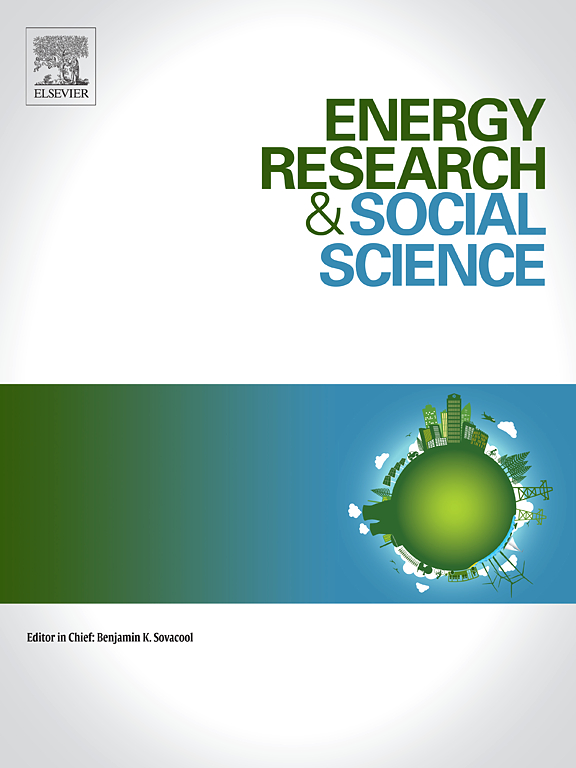From obstacles to heritage: The shifting status of glaciers across 150 years of mining research
IF 6.9
2区 经济学
Q1 ENVIRONMENTAL STUDIES
引用次数: 0
Abstract
While the cryosphere is deteriorating due to climate change, mining of critical minerals is expanding to supply the clean energy transition, often in glaciated regions. We explore the convergence of these trends through a systematic review of 93 articles from 1875 to 2023. Informed by the framework of the “hydrosocial cycle,” we attend to both material and epistemological links between mining and the cryosphere, as well as how these links have evolved over time. We organize this literature across four categories of glacier-mining interactions, which have tended to emerge chronologically as foci of scholarly research: (1) Glaciers as Obstacles to Mining, (2) Glaciers as Archives of Mining, (3) Mining Impacts and Dust, and (4) The Rise of Cryoactivism. For over a century, we find, mining activities helped shape not only the physical cryosphere, but also the production of discourses and scientific knowledge about it. Over the last two decades, research has undergone a shift from a predominant discourse of glaciers as “obstacles” to mining, towards a recognition of glaciers as “heritage” –sensitive, unique, and valuable ecosystems that mining may threaten. Our results demonstrate the need for research across a greater variety of locations, as well as more interdisciplinary research, to explicate the increasingly complex and widespread interactions between the cryosphere and mining. These findings also help illuminate some key environmental justice challenges of securing critical minerals for the clean energy transition.
求助全文
约1分钟内获得全文
求助全文
来源期刊

Energy Research & Social Science
ENVIRONMENTAL STUDIES-
CiteScore
14.00
自引率
16.40%
发文量
441
审稿时长
55 days
期刊介绍:
Energy Research & Social Science (ERSS) is a peer-reviewed international journal that publishes original research and review articles examining the relationship between energy systems and society. ERSS covers a range of topics revolving around the intersection of energy technologies, fuels, and resources on one side and social processes and influences - including communities of energy users, people affected by energy production, social institutions, customs, traditions, behaviors, and policies - on the other. Put another way, ERSS investigates the social system surrounding energy technology and hardware. ERSS is relevant for energy practitioners, researchers interested in the social aspects of energy production or use, and policymakers.
Energy Research & Social Science (ERSS) provides an interdisciplinary forum to discuss how social and technical issues related to energy production and consumption interact. Energy production, distribution, and consumption all have both technical and human components, and the latter involves the human causes and consequences of energy-related activities and processes as well as social structures that shape how people interact with energy systems. Energy analysis, therefore, needs to look beyond the dimensions of technology and economics to include these social and human elements.
 求助内容:
求助内容: 应助结果提醒方式:
应助结果提醒方式:


